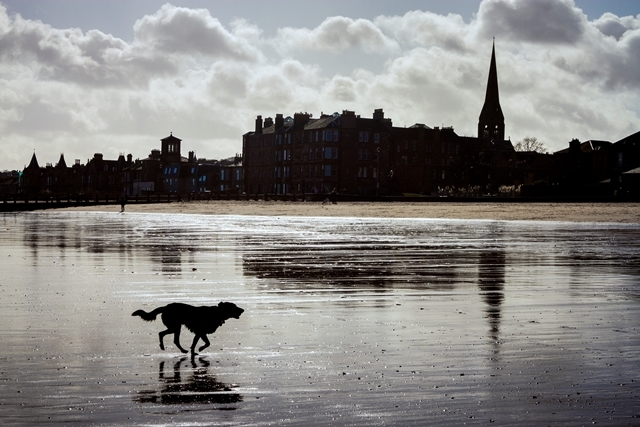
DOZENS of Britain’s best-loved beaches are set to become no-go zones for swimmers.
Strict new EU water quality rules being introduced next spring could see “no entry” signs going up at 42 paddling spots across the country.
Among the 17 beaches set to be blacklisted north of the Border are Stonehaven, Portobello West and Monifieth.
In England the list of 25 includes Blackpool, Clacton, Morecambe and Margate.
Fears have been raised some beaches could be forced to close to the public as a result of the new regime.
 Blackpool beach (Getty Images) David Morris, the Tory MP for Morecambe, said: “You have got to have safe water.
Blackpool beach (Getty Images) David Morris, the Tory MP for Morecambe, said: “You have got to have safe water.
“But when the goalposts are changed to make it ultra-safe, to the extent that it’s going to impinge on seaside communities, I think it’s becoming too clinical.”
Under previous EU water quality rules only two of Britain’s 400-plus registered bathing beaches were deemed unfit for swimming.
But it will increase to more than one in 10 when the new restrictions are introduced.
Increased understanding of the health risks from swimming in water polluted by sewage has been a key driver for their introduction.
The new classifications follow a four-year study into the prevalence of potentially harmful bacteria.  Stonehaven seaside (Getty Images)
Stonehaven seaside (Getty Images)
Malcolm Roughead, chief executive of VisitScotland, expressed concern the new rules could harm the tourism industry.
He said: “When holidaying in Scotland, visitors expect to enjoy clean waters, so it is incredibly important that these beaches do perform well in these tests.”
The Scottish Environment Protection Agency will use signs to tell holidaymakers whether water is too polluted to swim in.
The organisation’s Calum McPhail said it was “disappointing” that so many beaches were deemed poor under the new standards.
“Scottish bathing waters have been increasing in number and improving in quality since our regulation and monitoring of EU bathing waters compliance began in 1988,” he said.
“Our challenge now is to build upon this progress and bring all of Scottish bathing waters up to, at least, the ‘sufficient’ standard under the new directive.”
However, Alasdair Steele, of Surfers Against Sewage, said not enough was being done to protect bathers.
He added: “Every effort needs to be made to rectify this as soon as possible.”

Enjoy the convenience of having The Sunday Post delivered as a digital ePaper straight to your smartphone, tablet or computer.
Subscribe for only £5.49 a month and enjoy all the benefits of the printed paper as a digital replica.
Subscribe